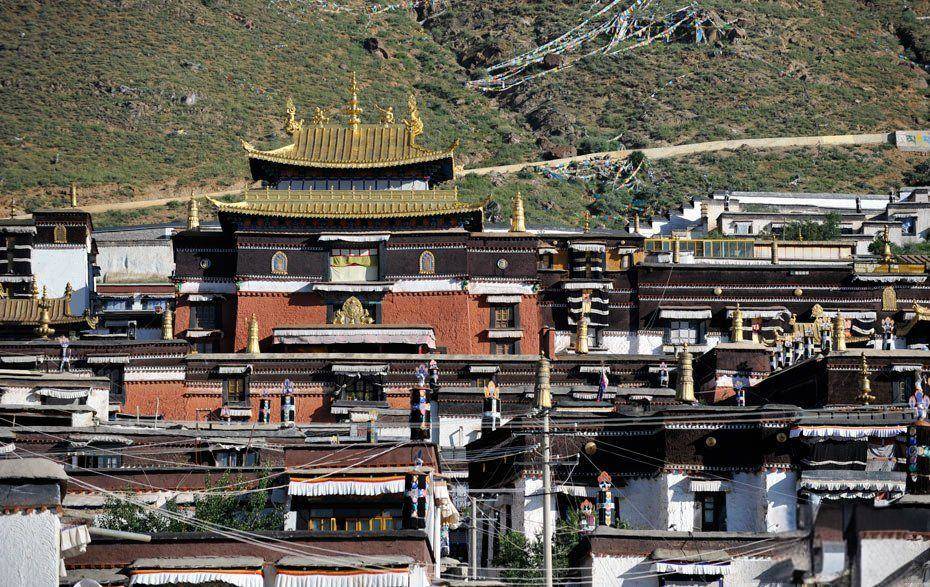Descripción
Tibetan culture is a rich and deeply spiritual tradition rooted in the high plateaus of the Himalayas. Shaped by centuries of isolation and the profound influence of Tibetan Buddhism, it emphasizes compassion, mindfulness, and harmony with nature. The teachings of the Dalai Lama and other revered lamas guide daily life, while colorful monasteries and prayer flags dot the landscape, symbolizing the presence of sacred energy.
Tibetan art, including intricate thangka paintings, sand mandalas, and butter sculptures, reflects both religious devotion and artistic mastery. Music and dance, often performed during festivals like Losar (Tibetan New Year), are infused with spiritual meaning and community spirit.
The Tibetan language, a cornerstone of cultural identity, is used in both daily communication and religious texts. Traditional Tibetan dress, such as the chuba robe, varies by region and reflects the practical needs of a mountain lifestyle. Cuisine is shaped by the harsh climate, featuring staples like tsampa (barley flour) and butter tea.
Despite political challenges and cultural pressures, Tibetans have preserved their heritage with resilience and pride. Tibetan culture, deeply spiritual yet vibrantly expressive, offers a unique worldview that blends ancient wisdom with a profound respect for life and the natural world.





